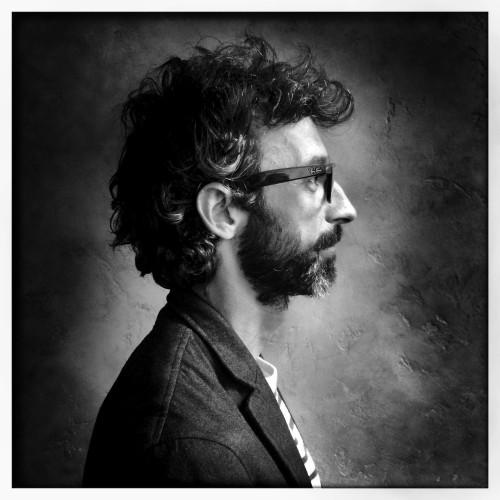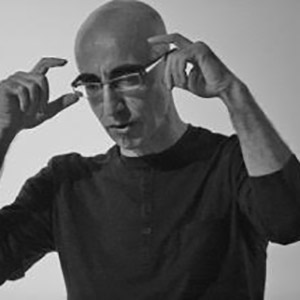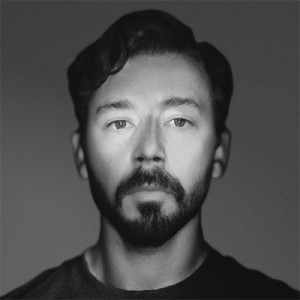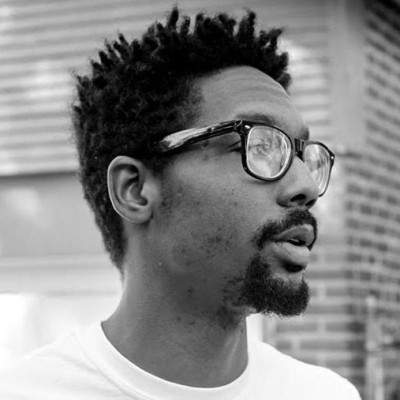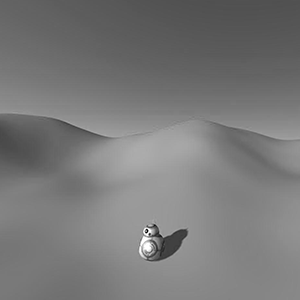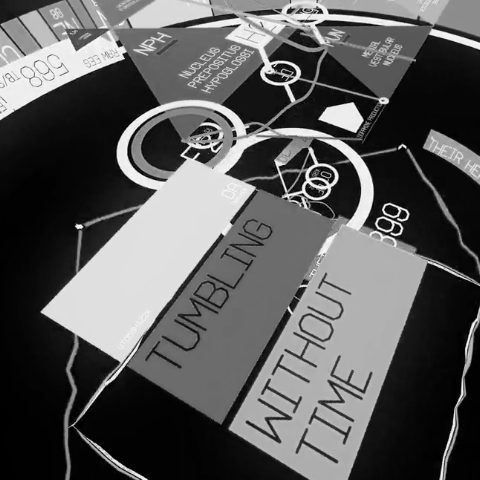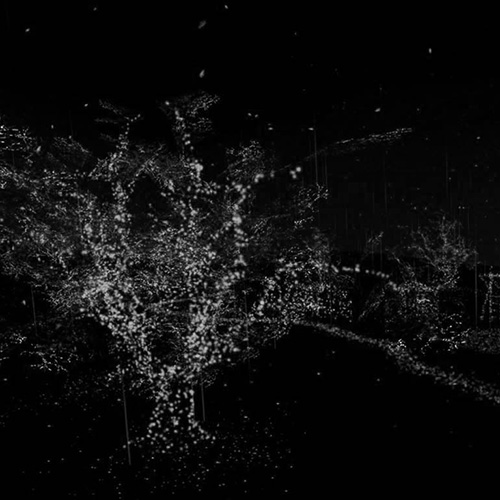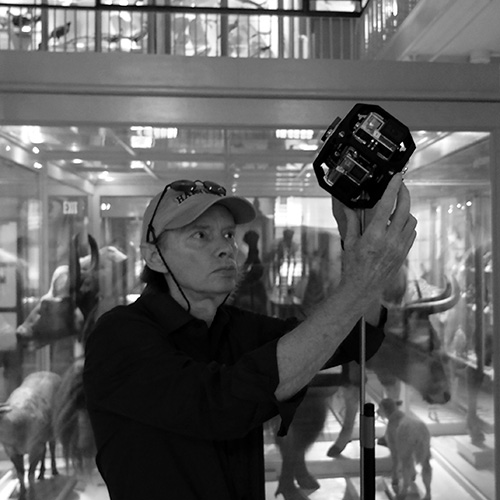“In this case [of Virtual Reality], we do have a technology, but we don’t have any clear idea how to fill it with content.”
– Werner Herzog
When Time Magazine graced its cover with the awkwardly-posed oculus rift inventor, Palmer Luckey, it effectively proclaimed that Virtual Reality was the next big thing that didn’t yet have any place in our lives. Google, Facebook, The New York Times, PBS Frontline and many others are investing heavily in Virtual Reality as a powerful new storytelling medium. It’s capturing the imagination of documentary storytellers, journalists, artists, technologists and investors all over the world. An industry is emerging. Yet for all of its enthusiasts, VR has its skeptics. For all it is talked about, VR can be deeply misunderstood. Virtual reality means many things to many people: an immersive experience, a new tool for storytelling, a cluster of quite different technologies and techniques, and even an epistemological claim. Little wonder that we lack consensus about “how to fill it with content.”
Current discussions around virtual reality blur technologies and techniques together when in fact they vary tremendously and are often considered distinct in other media. And each one has its own set of questions around the art, ethics and impact of spatial and embodied storytelling. The MIT Open Documentary Lab Virtual Reality Conference will explore the various strands of VR and their implications for representing reality, defining truths, and changing the documentary image and experience.
An exhibition of virtual reality documentary experiments including highlights from IDFA (International Documentary Festival of Amsterdam) DocLab will accompany the conference.















